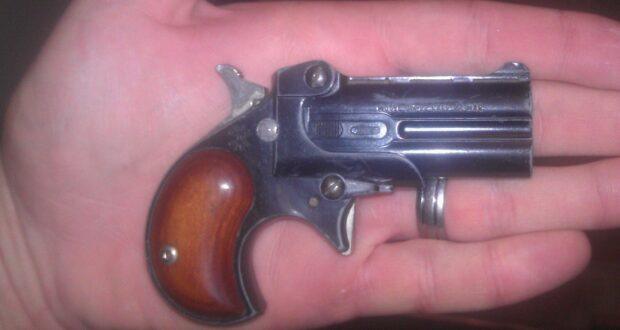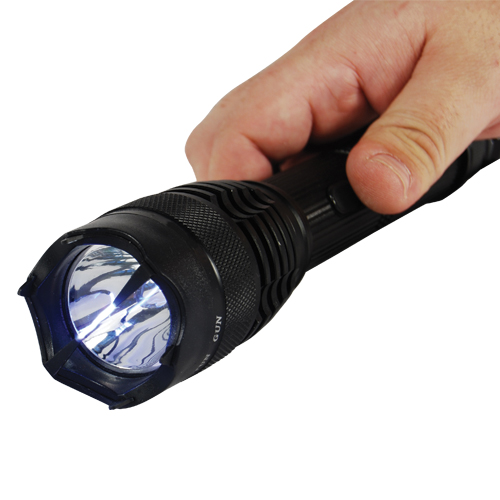

Nonetheless, this can work well for those without belts but still wanting to carry, such as when wearing basketball shorts to the gym or going to the beach.

Pocket carry, limited to smaller guns, is hard to draw from and many find it even harder not to have their firearm “print” while seating. Further, shoulder holsters are a smart choice for people who spend a lot of time in cramped, seated positions, such as individuals who drive most of the day. Shoulder holsters, a favorite of 1970s movies and 1980s cop shows, have limited appeal these days but are still viable concealed carry options for those who, like OWB practitioners, use a cover garment. Likewise, outside the waistband, or OWB carry, is typically reserved for those who prefer to carry openly– a practice which can draw negative attention to the user or– those who use a cover garment such as a vest, jacket or overshirt. Small of the back carry is less popular due to the fact it is harder to sit comfortably or draw from a seated position such as when driving a vehicle. This allows the user to best protect their gun with their arm and core strength during an incident in which retention is a must. The preferred carry method for pocket pistols is typically inside the waistband, or IWB, on the strong side from the 1 o’clock to 4 o’clock position for right-hand users (11- to 8 o’clock for left), with the positions closer to the navel reserved for those who like to appendix carry. What I do see, however, is more reliable, easier-to-shoot pocket pistols coming out every few decades or so. Over time, pistols are not getting much smaller, Derringer’s aside. 22 single-shot pistol in the shape of a credit card. There are also some unusual designs out there, like the LifeCard, which is a folding. These designs also have great modern features like sights that are actually usable. The 21st century has seen a major rise in lighter pistols, like the Sig P365, that bring a lot more ammunition than ever to a format that can easily sit in a pocket. 390: it’s an iconic and beautiful design. Seriously, if Colt wants to remake the 1903 in 2022 or so, I’d happily buy one in. The early 20th century also saw the advent of pocket-sized semi-automatic pistols such as the Colt 1903. Revolvers remained, and remain, popular choices even to this day for their reliability and thanks to the fact that they can be fired from within a pocket if you don’t have time to draw. The 20th century saw a lot of innovation in the realm of pocket pistols. As time wears on, it seems, people have the ability to get a lot more reliable pocket pistols. Still, I’d much rather have a cut-down Colt Navy from the 1840s than a duckfoot pistol from a century prior to that. Of course, black powder and percussion caps were prone to things like falling out of place, getting damp on a rainy day, and so on. By the 1840s, there were cap and ball revolvers that had barrels as short as an inch or two, making them true pocket guns in the modern sense of the word. I certainly would not want to carry one today, but they are, at least conceptually, the precursor to the modern pocket gun.Īs firearms technology advanced, so did pocket pistols.

While they were a lot less concealable than modern pocket pistols or, for example, a dagger, a duckfoot pistol was a way for a person to have several shots, fired from a short barrel, that was more or less useful at extremely short ranges. Some of them had as many as four barrels. Then, there were models of duckfoot pistols that were flintlocks. Something like a pocket pistol has been in civilian hands since the early modern period.


 0 kommentar(er)
0 kommentar(er)
